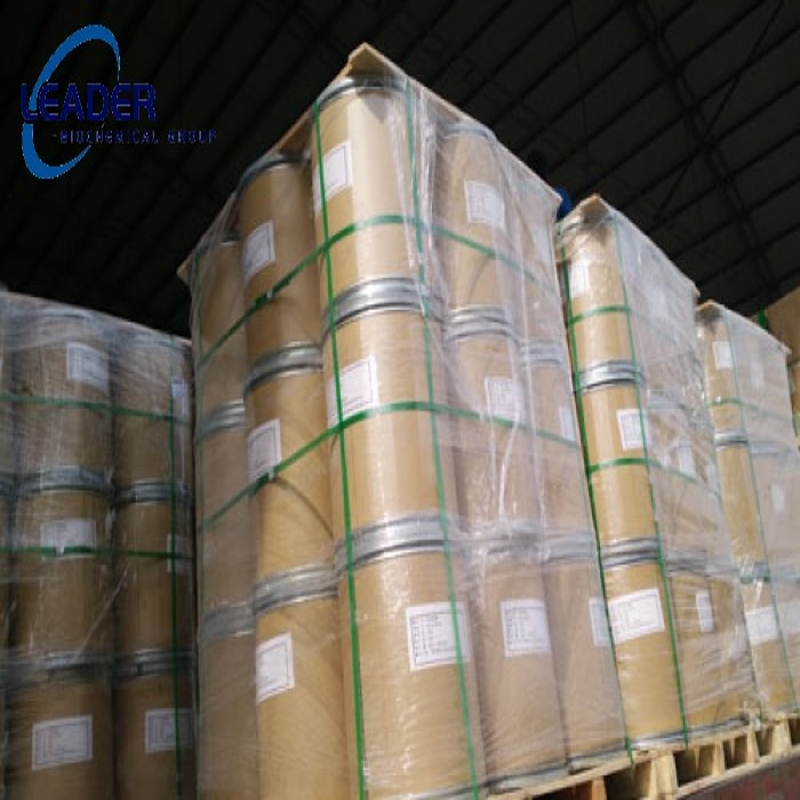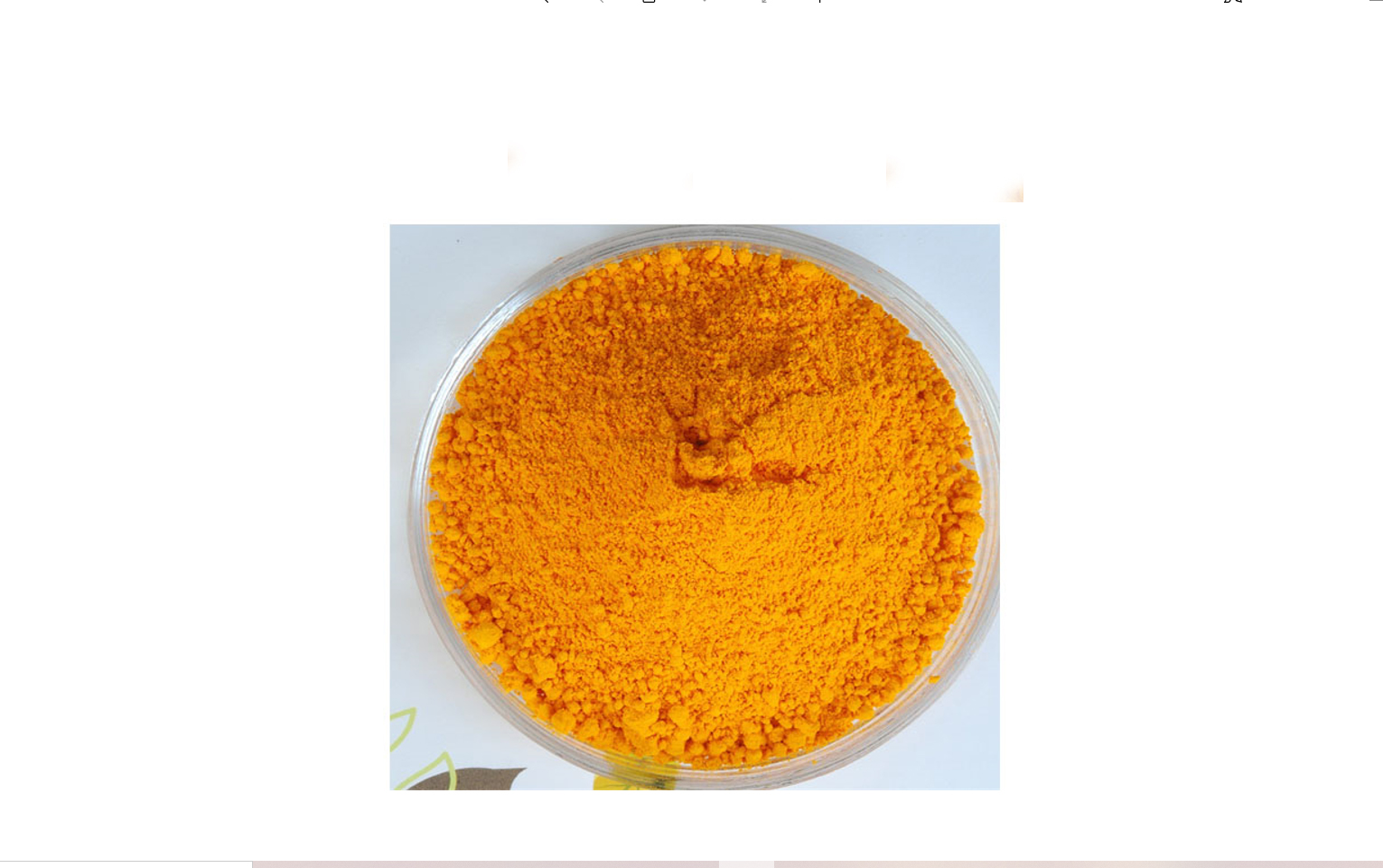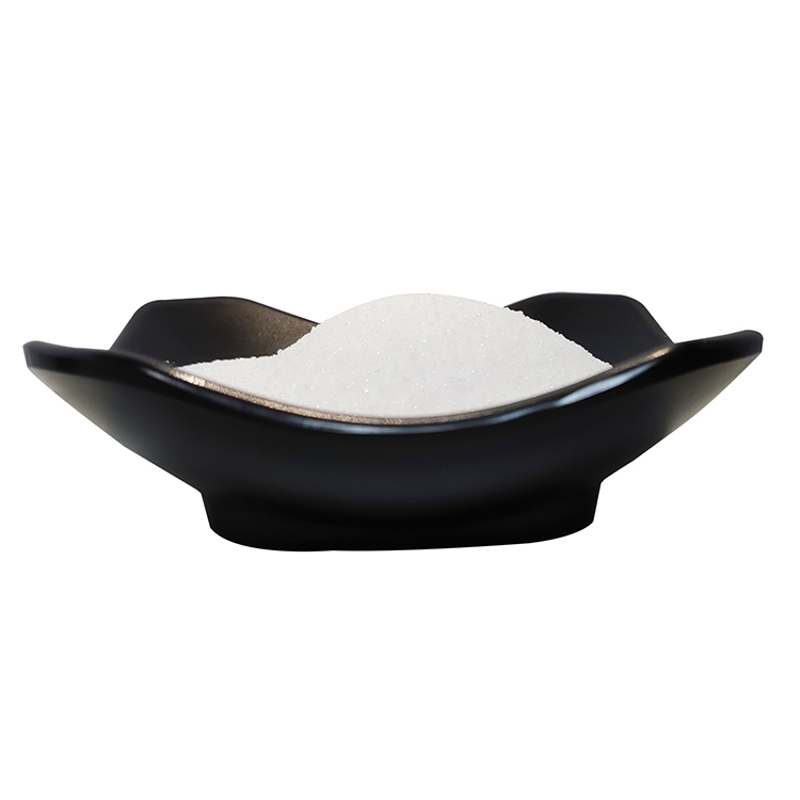-
Categories
-
Pharmaceutical Intermediates
-
Active Pharmaceutical Ingredients
-
Food Additives
- Industrial Coatings
- Agrochemicals
- Dyes and Pigments
- Surfactant
- Flavors and Fragrances
- Chemical Reagents
- Catalyst and Auxiliary
- Natural Products
- Inorganic Chemistry
-
Organic Chemistry
-
Biochemical Engineering
- Analytical Chemistry
-
Cosmetic Ingredient
- Water Treatment Chemical
-
Pharmaceutical Intermediates
Promotion
ECHEMI Mall
Wholesale
Weekly Price
Exhibition
News
-
Trade Service
This newspaper news (reporter Yang Xiaojing) recently learned from the National Food Safety Risk Assessment Center that blueberry anthocyanins, green tea catechins, eggshell membrane extract, rye pollen four new food raw materials have passed the technical review of the expert review committee and began to solicit public opinions
.
The National Center for Food Safety Risk Assessment also interpreted the above new foods, as follows:
Blueberry anthocyanins Blueberry anthocyanins are powdery substances
made by enzymatic hydrolysis, water extraction, purification, concentration, drying and other processes from the fruits of bilberry of the rhododendron family as raw materials.
Canada approved blueberry extract (anthocyanin content≥40%) for use as a natural health food; The EU uses anthocyanins derived from vegetables and fruits as food additives; The United States lists anthocyanins derived from grapes and grapes as food additives and allows them to be used
in foods such as beverages.
The recommended consumption amount of this product is: blueberry anthocyanins with a total anthocyanin content of 40.
0% is 800 mg / day, and the content exceeding this content is converted according to the actual content
.
The scope and maximum use of blueberry anthocyanins are: milk and dairy products (liquid milk 0.
8 g/kg, milk powder and its blended products converted according to the liquid mass after preparation), beverages (liquid drinks 0.
8 g/kg, solid beverages converted according to the liquid mass after preparation), jellies, cocoa products, chocolate and chocolate products (including cocoa butter chocolate and products) (14 g/kg), confectionery (40 g/kg), frozen drinks (8 g/kg), baked goods (4 g/kg), Alcohol (4 g/kg).
Blueberry anthocyanins in infants, pregnant women and lactating women have insufficient food safety data, from the principle of risk prevention, the above groups are not suitable for consumption, and the label and instructions should be marked as unsuitable groups
.
The food safety indicators of the raw materials shall be implemented
in accordance with the provisions of the announcement.
Green tea catechins Green tea catechins are made of green tea as raw materials through alcohol extraction, concentration, separation, extraction, enzymatic hydrolysis, concentration, drying and other processes
.
Among them, the main active substances are catechins, including epicatechin (EC), epigallocatechin (EGC), hydrated epigallocatechin gallate (ECG), hydrated epigallocatechin gallate (EGCG), gallocatechin gallate (GCG), catechin (DL-C), the total content of catechins (in terms of dry matter) ≥90%, of which EGCG content ≥50%.
The former Ministry of Health approved gallocatechin gallate (EGCG) as a new resource food in 2010, with a daily recommended consumption of ≤300 mg/day (in EGCG).
Green tea catechins have been approved in Japan as functional ingredients
for specific health foods.
The recommended consumption amount of this product is: green tea catechins with 90% catechin content are 300 mg / day, and the content exceeding this content is converted according to the actual content
.
The scope of use and maximum amount of use are: beverages (0.
6 g/kg, solid drinks are converted according to the quality of the liquid after preparation), candies (0.
2 g/kg).
In view of the insufficient information on the safety of green tea catechin in infants, pregnant women and lactating women, from the principle of risk prevention, the above groups are not suitable for consumption, and the label and instructions should be marked as unsuitable groups
.
The food safety indicators of the raw materials shall be implemented
in accordance with the provisions of the announcement.
Eggshell membrane extract Eggshell membrane extract is made of eggshell as raw material, through shell membrane separation (shell disposal), sterilization, hydrolysis, mixing, drying, grinding and other processes
.
Its main components are protein, collagen, chondroitin sulfate and hyaluronic acid
.
Eggshell membrane hydrolysate (one of the main components is collagen) is approved as a dietary supplement in the European Union, a dietary supplement in Russia, and used
as a food raw material in Taiwan.
The recommended serving size for this product is ≤500 mg/day
.
In view of the insufficient food safety data of eggshell membrane extract in infants, pregnant women and lactating women, from the perspective of risk prevention, the above groups are not suitable for consumption, and egg allergy patients are not suitable for consumption, and the label and instructions should be marked as unsuitable for people
.
The food safety indicators of the raw materials shall be implemented
in accordance with the provisions of the announcement.
Rye pollen The base plant of this product is the grass rye plant (Secale Cereale L.
), which is native to Central Asia and the Mediterranean and is widely cultivated
in Europe.
This product is made by harvesting rye pollen and drying and separating processes
.
In Japan and Korea, pollen as a food group, not limited to its base source plants, rye pollen can be eaten as food; In the United States, rye pollen is marketed
as a food ingredient.
The recommended serving size for this product is ≤1.
5 g/day
.
In view of the insufficient food safety data of rye pollen in infants, pregnant women and lactating women, from the principle of risk prevention, the above groups are not suitable for consumption, and pollen allergy patients are not suitable for consumption, and the label and instructions should be marked as unsuitable for people
.
According to the National Center for Food Safety Risk Assessment, the production and use of the above-mentioned new food raw materials should comply with the content of the announcement and the requirements
of relevant food safety regulations.
China Food News(2023.
01.
16.
06).
(Responsible editor: Yang Xiaojing)







